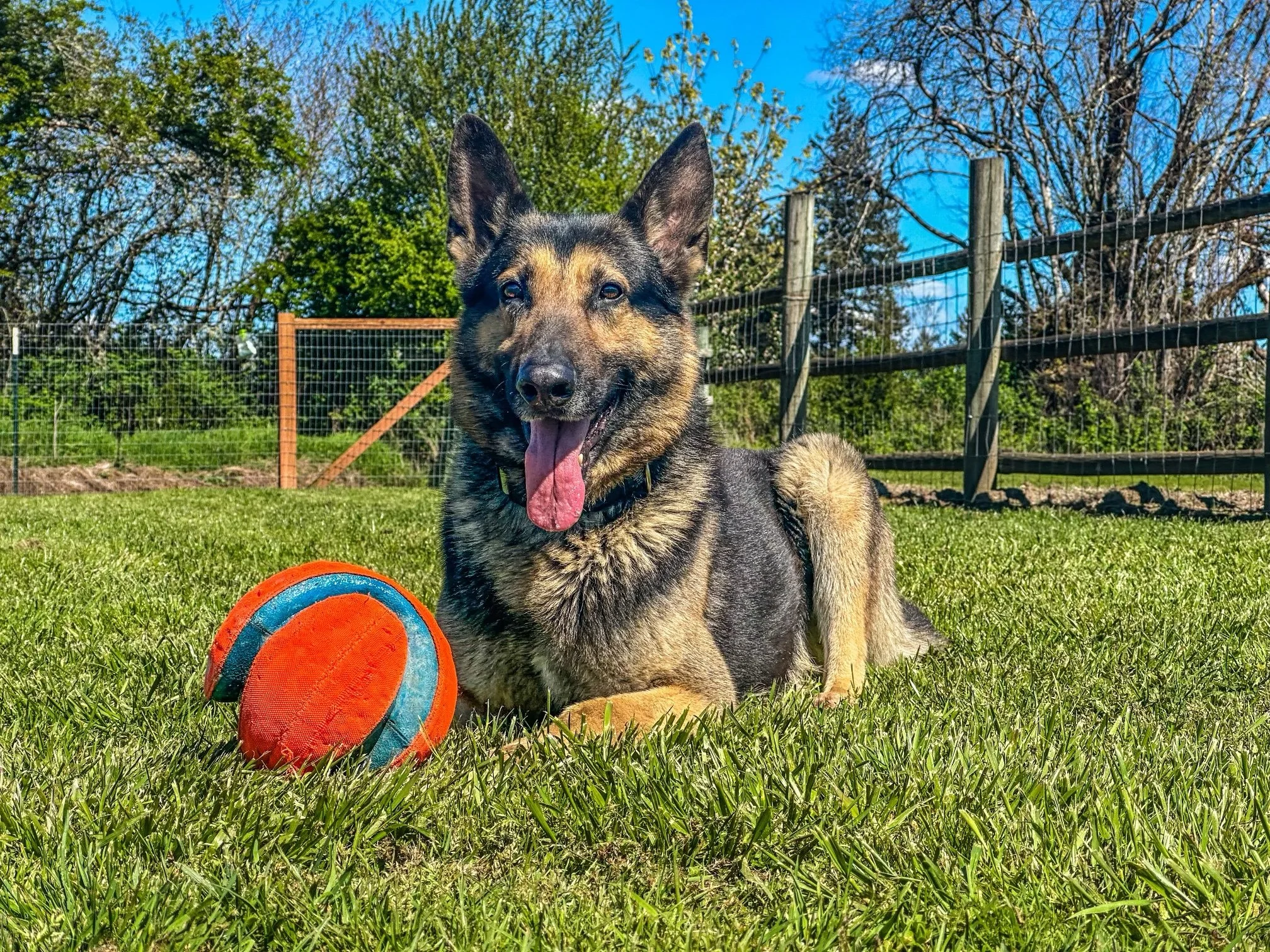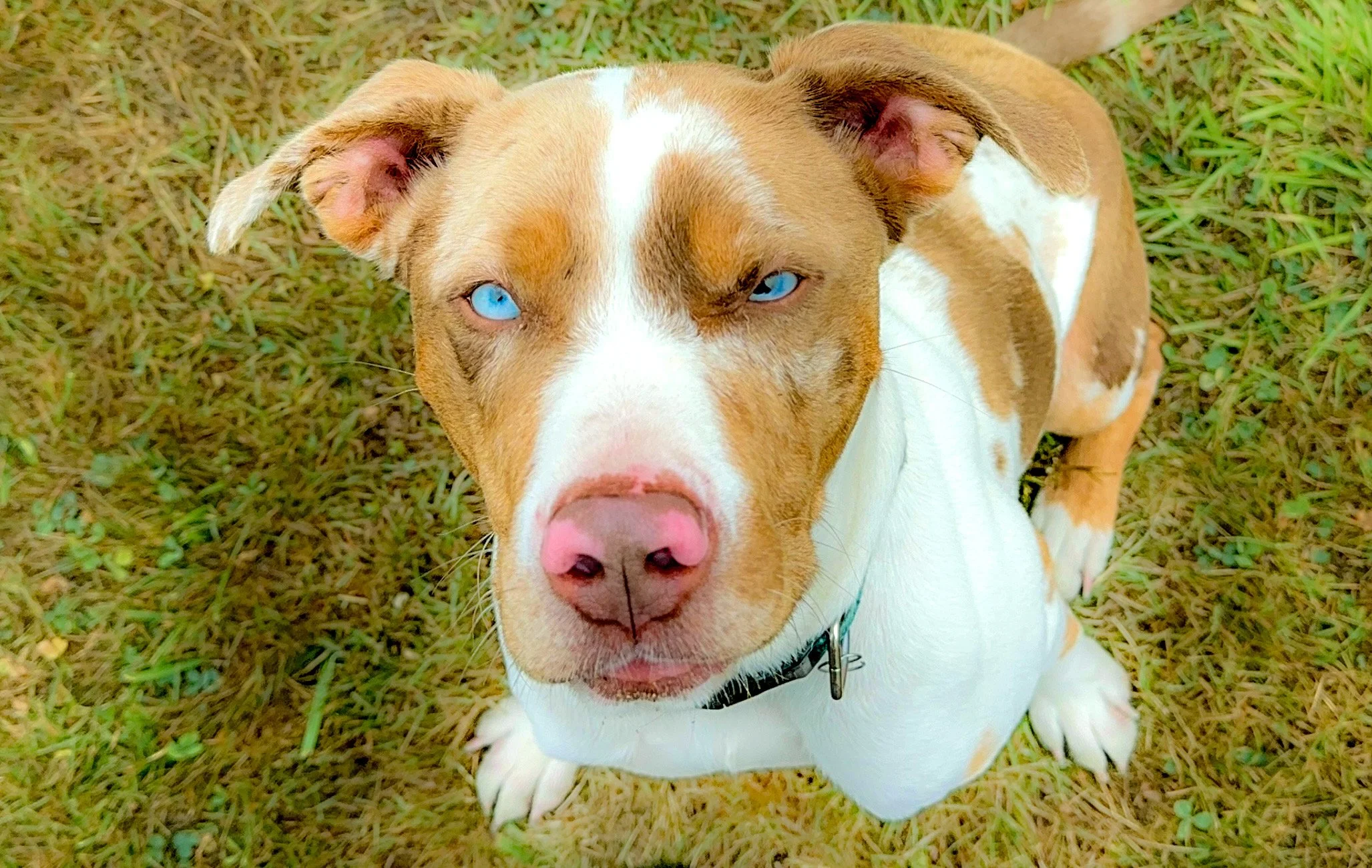As a cynologist, I can’t emphasize enough how vital sleep is for dogs, playing a role as crucial to their well-being as it does for humans. Sleep serves as a cornerstone for a dog’s physical health, emotional stability, and cognitive functioning. Yet, in my experience, many pet owners often overlook the importance of quality sleep for their canine companions, unknowingly fostering environments that disrupt their dog’s rest. Just as we need adequate sleep to process daily experiences and maintain balance, so do our dogs. However, unlike humans, dogs don’t typically experience extended, uninterrupted periods of sleep; instead, they rely on frequent, shorter cycles of rest throughout the day and night to stay in equilibrium. When this delicate balance is disrupted, a host of behavioral issues can arise, from mild irritability to severe anxiety.
Often, when I see behavioral issues in dogs, they’re attributed to things like a lack of exercise, insufficient training, or stress in the environment. What goes unnoticed, however, is how frequently sleep deprivation is an underlying factor. A dog that appears hyperactive, reactive, or even destructive may, in fact, be sleep-deprived and simply unable to regulate its emotions and impulses. This connection between sleep and behavior becomes especially crucial with high-energy breeds and working dogs, who need significant time to mentally and physically recover. When these dogs don’t get enough rest, their overstimulated minds and bodies fail to reset, leading to impulsive and problematic behaviors that only escalate over time.
The impact of sleep deprivation doesn’t just stop at behavior—it can take a serious toll on a dog’s overall health. Chronic lack of sleep affects memory, weakens the immune system, and often leads to emotional instability, making dogs more vulnerable to fear-based reactions and even aggression. In sleep, dogs consolidate memories and process learning; when they don’t get enough rest, their ability to retain training and recall commands is compromised. Over time, these effects compound, creating a vicious cycle in which sleep-deprived dogs become increasingly difficult to manage, frustrating owners who are unaware of the root cause.
In this article, I’ll take you through the profound role that sleep plays in a dog’s life and its direct connection to behavioral health. I will explain the biological, neurological, and psychological dimensions of canine sleep to offer a comprehensive understanding of how lack of rest can drive behavioral issues. Additionally, I’ll share practical strategies for promoting better sleep hygiene in dogs, helping you recognize signs of sleep deprivation and foster environments where restful sleep is possible.

If you love dogs, buy a goldfish. It sounds counterintuitive, I know, but hear me out. Dogs are incredible creatures, full of personality, intelligence, and charm—but they’re not accessories, nor are they little humans in fur suits. Too often, we bring a dog home and expect it to fit into our lives as easily as a new couch or houseplant. We assume they’ll adapt to our schedules, tolerate every guest, and generally go with the flow, all while remaining endlessly loyal and affectionate. But dogs aren’t wired to live passively in our world. They need more than food, water, and a soft place to sleep. They need structure, guidance, and a bit of respect for who they truly are—animals with instincts and needs that don’t always align with our expectations.
In this article, I explore what it means to be a steward rather than a mere owner when it comes to dogs. Becoming a steward means understanding and meeting our dogs’ needs, recognizing that they are sentient beings with unique personalities and preferences. True stewardship goes beyond basic care and training; it’s about creating an environment where a dog feels secure, valued, and fulfilled. Dogs need routines that make sense to them, guidance that respects their instincts, and a life that offers more than just a passive existence in a human household. And if that sounds like too much responsibility, there’s no shame in choosing a pet that doesn’t require quite so much—like a goldfish, perhaps.
By the end, I hope to leave you with a deeper understanding of what dogs truly need to thrive and maybe a smile at the thought of swapping your dog for a simpler, less demanding companion. Because while a goldfish might offer peace and simplicity, it will never give you the kind of partnership, loyalty, and joy that a dog brings. So, are you a dog steward or more a goldfish-fishtank kind of person?

In this article, I present my approach to dog training that moves beyond traditional behavioral conditioning to embrace the complex neuroscience of canine cognition. Through the years I've discovered that successful training isn't merely about teaching and reinforcing behaviors—it's about understanding and managing the dog's brain state to optimize learning and promote lasting behavioral change. This paradigm shift represents a fundamental departure from conventional training methods, offering a more sophisticated and scientifically-grounded approach to canine behavior modification.
At the heart of this methodology lies the recognition of what I call the "two minds" of the dog—the cognitive mind and the primal mind. This duality, rooted in the interplay between the prefrontal cortex and limbic system, forms the cornerstone of modern canine behavior understanding. Through careful observation and documentation of hundreds of cases, I've developed protocols that allow us to identify, influence, and maintain optimal brain states for learning. When we understand how to manage these states effectively, we can achieve behavioral changes that are both more profound and more sustainable than those obtained through traditional training methods.
The implications of this neuroscientific approach extend far beyond simple obedience training. By understanding the biological mechanisms that drive behavior—from neurotransmitter balance to cortisol management—we can create training environments that work with, rather than against, the dog's natural neurological processes. Throughout this article, I will guide you through the practical applications of these principles, sharing detailed protocols and case studies that demonstrate how this understanding transforms our ability to address complex behavioral challenges. When we shift our focus from external compliance to internal state management, we open new possibilities for creating lasting positive change in our dogs' lives.

Last Wednesday, what began as a routine day turned into a life-altering experience when my wife's German Shepherd, Rogue, developed Gastric Dilatation-Volvulus (GDV), a potentially fatal condition. As I was teaching a class in my barn, Rogue's increasing distress caught my attention. His whining escalated from mild to severe, and upon checking, I found his belly alarmingly distended. Recognizing the signs of GDV from my knowledge of canine health, I knew we were in a race against time. With my car in the shop, a client volunteered to drive us on the hour-long journey to the nearest emergency veterinary clinic. Every minute of that drive was filled with fear and uncertainty, knowing that GDV's mortality rate increases significantly with each passing hour.
In this article, I will explain the harrowing journey of Rogue's battle with GDV, from the emergency surgery to his challenging recovery in the ICU. I'll delve into the complexities of the surgical procedure, including how the surgeon managed to save Rogue's spleen despite finding blood clots. Moreover, I'll explore the science behind GDV, discussing its causes, risk factors, and prevention strategies. Drawing from our experience, I'll highlight the critical importance of early recognition and rapid response in GDV cases. The article will also cover the long-term implications of GDV, both physical and emotional, for both the dog and the owner. Finally, I'll share the valuable lessons learned from this ordeal and how it has transformed our approach to canine health care, hoping to raise awareness and potentially save other dogs' lives.

The icy-blue or sky-colored eyes that captivate so many dog lovers are often accompanied by a higher incidence of anxiety, reactivity, and behavioral concerns compared to their brown-eyed counterparts. This observation isn't just anecdotal; it's supported by a growing body of scientific research and my own hands-on work with these breeds.
Currently, I'm working with two dogs in my board and train program that exemplify these challenges: Tater Tot, a mini Australian Shepherd, and Finnley, a Catahoula Leopard Dog. Both of these blue-eyed beauties are here to address severe anxiety, reactivity, and aggression issues. The striking similarity of their problems, despite their different breeds, has led me to delve deeper into the genetic underpinnings of these behavioral issues.
In this article, I aim to shed light on the genetic basis of blue eye color in these breeds, explore the link between sensory perception and behavior, and examine how these factors may contribute to heightened anxiety, reactivity to novel stimuli, and aggression towards people. It's crucial to understand that these dogs are not at fault for their challenging behaviors. Instead, their struggles often stem from genetic factors related to their distinctive eye color.
